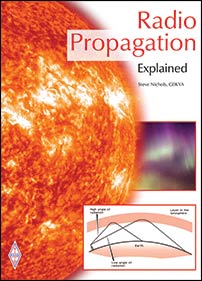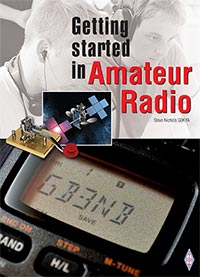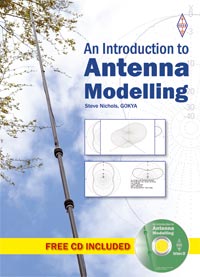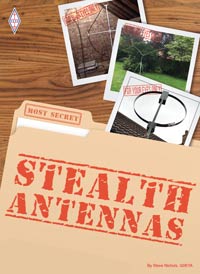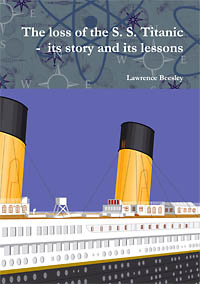 |
| The SWR meter - working 100% again. |
Luckily, it uses exactly the same meter as MFJ ATUs so I was able to buy a replacement from them. I also resprayed the case at some point.
But recently the meter started playing up – it would only indicate 20W maximum forward power instead of 100W.
It was more of a problem on the less than 30W setting as I often use QRP radios and need to know if I am putting out 2W or 5W.
You could ask “why not just bin it?”, but that's not in my DNA!
Anyway, after asking for advice on the CDXC forum and looking at the schematic I decided that it could only really be down to a failed capacitor, resistor or diode. Given that semiconductors would be the first suspect I ordered two new 1N270 diodes from a UK supplier on Ebay for £3.98.
When they arrived I unsoldered the old ones, and checked them – one measured 1K Ohm resistance in both directions – not good and definitely not diode-like behaviour.
I soldered in the new diodes and bingo the meter is back to normal again. I've since ordered some 10 more 1N270s from China for just £1.12 inc. postage. These will do as spares.
I'm writing this as it might be useful to owners of cross-needle SWR meters in future. If you start to get low readings it may be the diodes. If you get no reading at all it is probably the meter.










